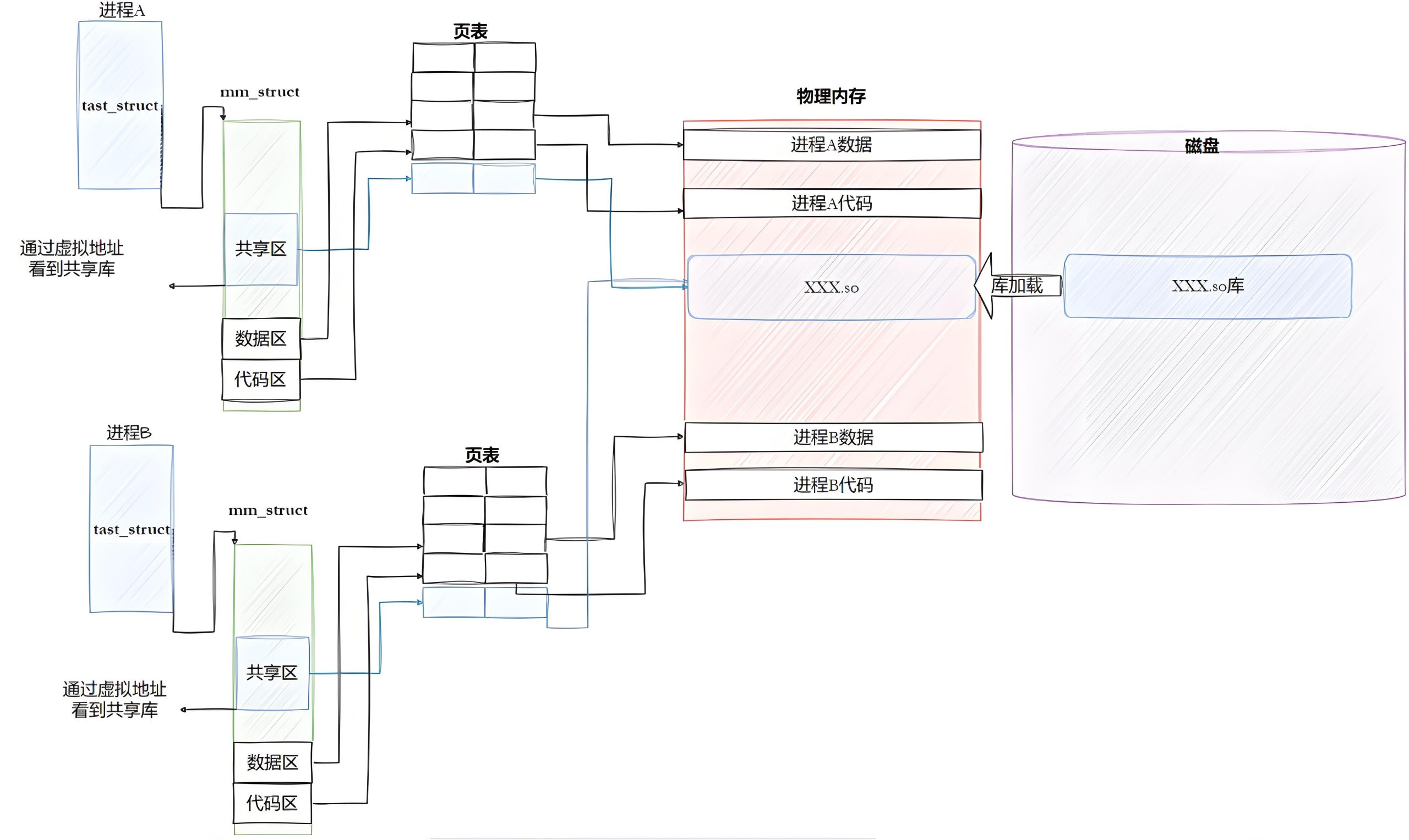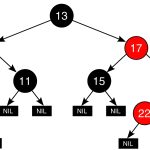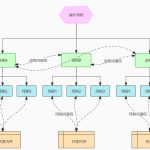Arrays and linked lists are two very common basic data structures, and there are some important differences between them, mainly reflected in the following aspects:
Storage Method
- Array: A contiguous memory space where elements are stored consecutively in memory.
- Linked List: A non-contiguous memory space where each node contains data and a pointer to the next node.
Access Method
- Array: Can directly access any element through an index, with a time complexity of O(1).
- Linked List: Needs to traverse sequentially from the head to access a specified element, with a time complexity of O(n).
Insertion and Deletion
- Array: When inserting or deleting elements in the middle, other elements need to be moved, with a time complexity of O(n).
- Linked List: When inserting or deleting elements at any position, only the pointers of the corresponding nodes need to be modified, with a time complexity of O(1).
Space Utilization
- Array: Must apply for contiguous memory space in advance, and even unused parts of the space will be occupied.
- Linked List: Can dynamically allocate memory according to needs without applying for contiguous space in advance, so it has higher space utilization.
Random Access
- Array: Supports random access, and any element can be accessed directly through an index.
- Linked List: Does not support random access, and specific elements can only be accessed through sequential traversal.


